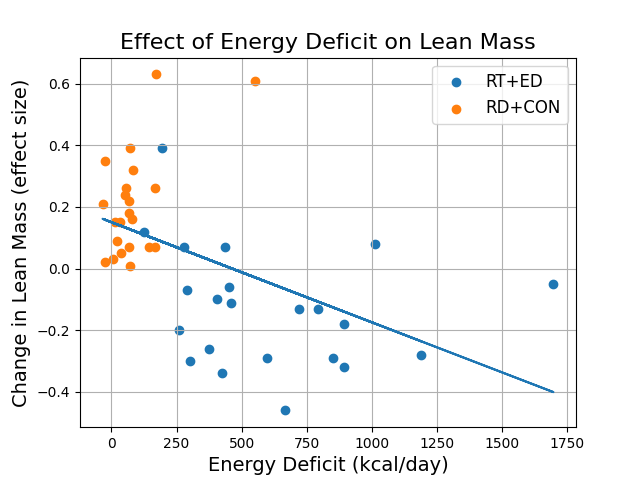You don’t always save money by putting your investments into a 401(k).
When you invest money inside a 401(k), you don’t have to pay taxes on any returns earned by your investments. But you also have to pay a fee to your 401(k) provider.
- If you buy and hold index funds in a taxable account, you don’t have to pay any capital gains tax on price increases until you sell.
- In a 401(k), the annual fee adds up every year and may eventually exceed the tax savings.
So the taxes cap out at the capital gains tax rate (15% or 20% depending on your tax bracket), whereas the expenses of a 401(k) continue to accumulate.
However, in a taxable account, you do still have to pay taxes on dividends (and bond payouts) every year, and those taxes might cost you more than the 401(k) fees.
Below is a calculator to determine how many years before the 401(k) fees exceed the tax savings, if ever.
This calculator assumes you buy index funds and hold them forever. If you trade stocks within a taxable account, you have to pay taxes every time you make a trade.
Something else to consider: If you quit your job, your old employer’s 401(k) provider will let you roll your 401(k) into an IRA. You don’t have to pay any fees on an IRA. So even if the 401(k) fees exceed the tax benefits after (say) 30 years, that’s not a problem if you expect to quit your job after less than 30 years. Realistically, few people stay at one job for so long that the 401(k) fees exceed the tax savings.
(If you change jobs, usually you can roll your old 401(k) into your new 401(k), but I wouldn’t do that because it means you have to keep paying 401(k) fees. It’s almost always better to roll your old 401(k) into an IRA.)
Notes
Posted on Jul 24, 2024
